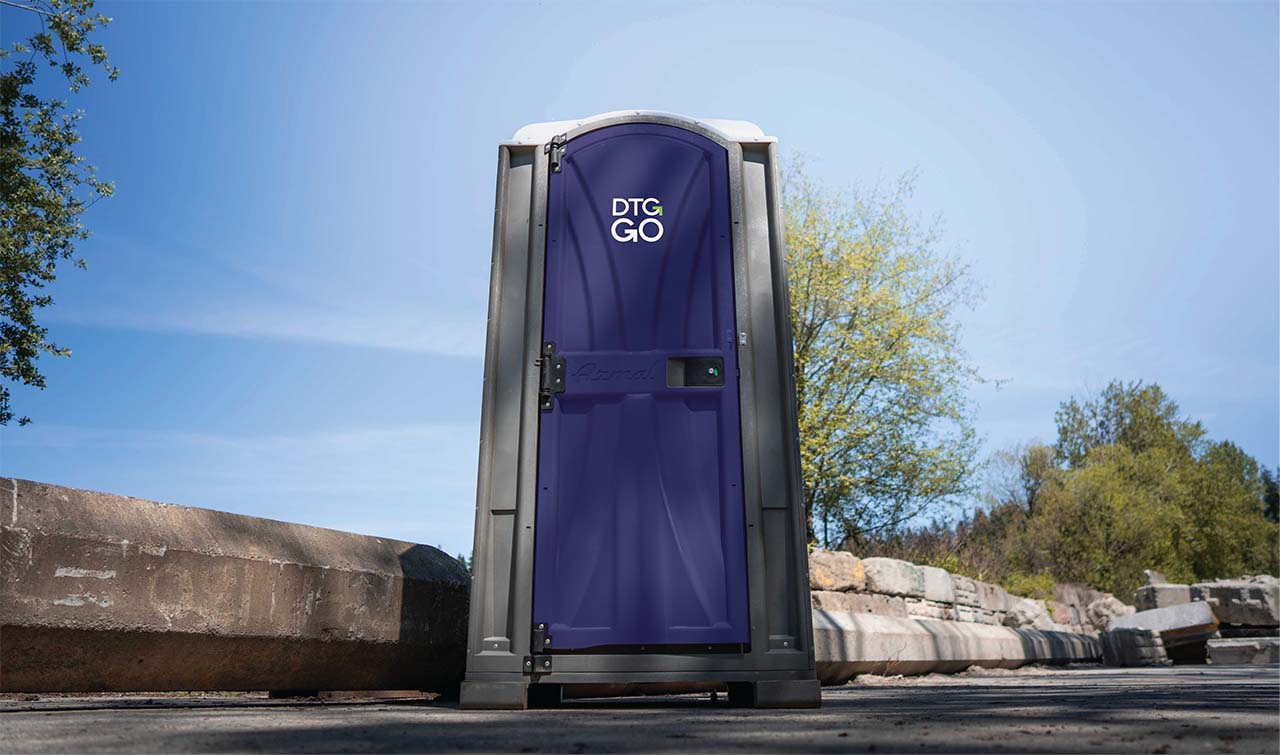DTG Facility
Please note: We cannot accept non-recyclable items at any of our facilities, including household garbage! Please refer to the below list for materials we can accept.
Please check in with attendant before dropping off equipment to verify acceptance, and fluids.
20018 State Route 20
Coupeville, WA 98239
Monday-Friday: 9 am – 5 pm
Saturday & Sunday: Closed

